Houndstounge (Cynoglossum Officinale)
2B, widespread in Montana
Quick ID
- Oblong leaves with prominent veins resembling a dog’s tongue
- Flat, teardrop-shaped fruits with hard spiny husks
- Flowers from dull-red to burgundy
- Protruding barbs
- Single or multiple hairy stems grow up to 30 inches
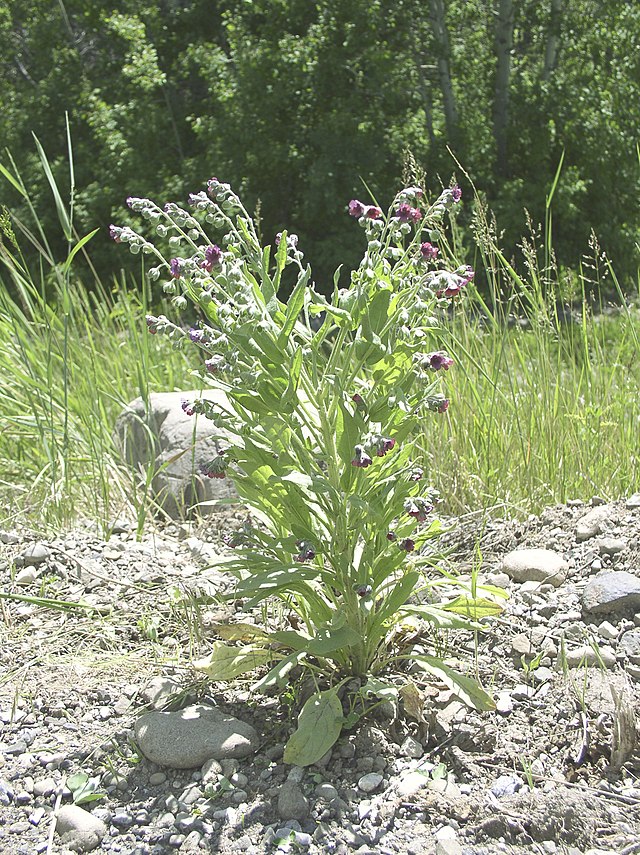
Houndstounge
Video Information
Weed Images
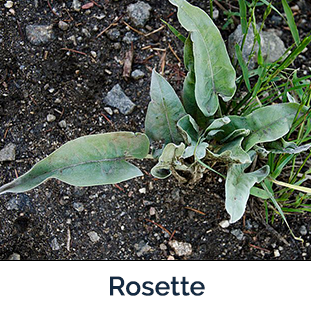
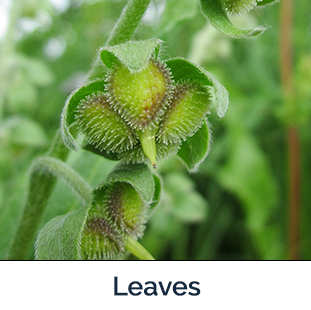
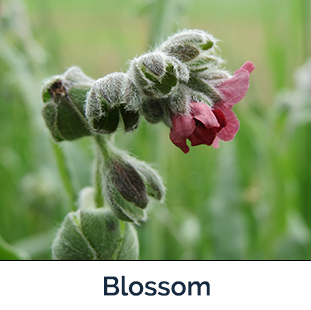
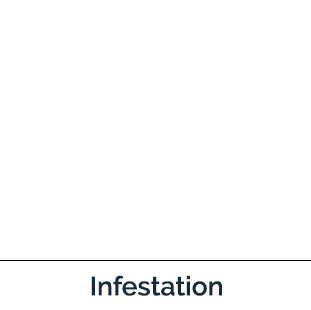
Weed Specifications
| Type | Information |
|---|---|
| Toxicity | Toxic to livestock and wildlife. |
| Best Management Practices | Prevent spread and establishment; hand pulling may be best for small populations; repeated cultivation on cropland severing roots one to two inches below the surface; herbicides may be an effective control. |
| Habitat | Common in disturbed areas such as trails, roadsides, and abandoned cropland; strong competitors in rangelands, pastures, and borders or openings of wooded areas; houndstongue is also shade-tolerant. |
| Root | Taproot can grow to depths of greater than three feet in the first year. |
| Leaves | Leaves are oblong with numerous soft white hairs on both surfaces. They have prominent veins and are said to look like a dog’s tongue. |
| Lifespan | Biennial, or short-lived perennial plant. |
| Similar Looking Plants | Arrowleaf balsamroot and at early stages, common mullein. |
| Important Information | Cattle are major disperses of houndstongue, picking up about 65 percent of bur stalks in grazed paddocks. |

